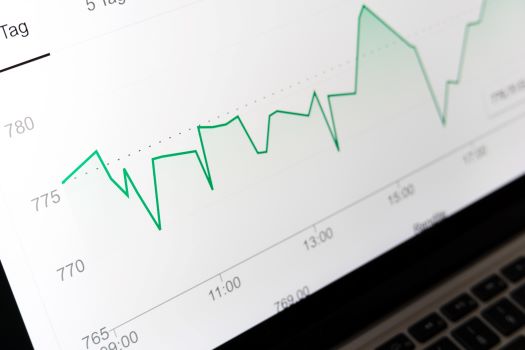What to Look for While Investing in ELSS Funds

 Investors are always and ideally so, in the lookout for investment opportunities that can help them in the process of savings taxes while growing wealth and generating returns which results in meeting their financial goals. There are various schemes available in the market but most of their returns are taxable according to the Income tax rules.
Investors are always and ideally so, in the lookout for investment opportunities that can help them in the process of savings taxes while growing wealth and generating returns which results in meeting their financial goals. There are various schemes available in the market but most of their returns are taxable according to the Income tax rules.
Keeping the fact in mind that investors should look at saving taxes and not avoiding them, this is where ELSS funds or tax saving mutual funds step in. ELSS mutual fund schemes essentially save taxes and help investors get tax benefits under Section 80C of The Income Tax Act 1961. ELSS mutual funds also have the shortest lock–in-period of 3 years compared to other tax saving schemes like PPF, NSC, Life Insurance or tax saving FDs which have minimum 5 years or more locked-in period.
Investors must be aware that when they invest in certain schemes like ELSS, Public Provident Fund, Tax saving bank FD, they can claim up to Rs. 150,000 in a financial year as a deduction from their gross total income under the above Income Tax Act.
ELSS mutual fund, being an attractive option to make an investment, here a few parameters investor must consider before initiating this:
Fund composition –
ELSS funds are required to have at least 80c% of their portfolio investments in equities and equity related instruments. Different ELSS mutual fund schemes will have different investment style and therefore, the portfolio construct may be different. An aggressive ELSS could have exposure that has more than 80% into equities and can go up to 100% while a fund with a moderate risk investing style may not exceed investment of more than 80% in equities. It may invest the rest in debt instruments too. The point here is to understand that ELSS funds could have limitations in maintaining the moderate risk profile as ELSS primarily invests in equities for creating higher returns in the long term.
So, you must know your risk appetite and choose a fund after analyzing the portfolio of various ELSS funds and check if they are large cap oriented or mid/small cap oriented or if they also have debt instrument in the portfolio. Basis this, you can take a call which fund will suit your risk profile.
The expense ratio of the fund –
Like any other mutual fund schemes, ELSS funds also come with an expense ratio or annual management fee known as TER (%). It could differ from fund to fund basis the fund AUM. Here, choosing a scheme with low TER (%) may be a wise decision as funds with higher TER (%) may eat away your returns.
Returns and risks –
Making choices that match with your investment horizon is very important when it comes to ELSS mutual fund investment. The first step here is to identify your risk and return horizon. Once you have that figured out, it is all about finding the right ELSS for you. Long term past performance and the fund’s portfolio choices as discussed above are the right criteria to look at. A mutual fund distributor can help you on this.
ELSS or tax saving mutual funds can surely be a go to choice for investors who are truly looking to expand their investment horizon and step into the world of tax savings and wealth creation.


